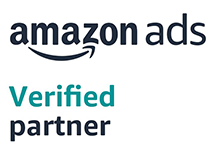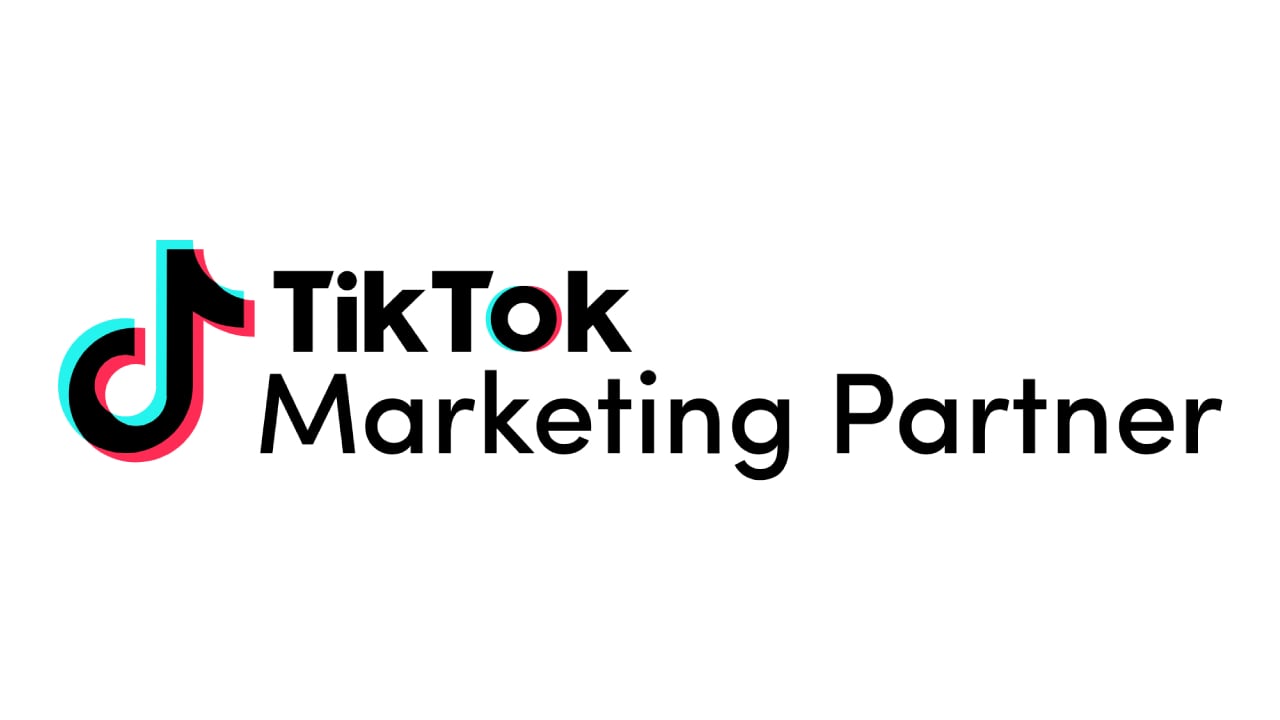During the festive season, your e-commerce business can make a lot of sales and earn profits. However, one issue that also plagues at that time is increased returns to origins, abbreviated as RTOs.
Did you know at least 30% of all products ordered online are returned as compared to 8.89% in physical stores.
The reduction of RTOs has a significant impact on the long-term profitability and sustainability of your company. There are three levels at which RTOs can be managed:
1. Website Level
2. Marketing Level
3. Operations and Logistics Level
In this blog, we'll focus on how to address RTOs at the website level by creating an efficient checkout process.
Checkout optimization can increase conversions by 35.62 percent.
Check-out procedures can make or break online sales. Most people go through the whole purchasing process only to give up at the final moment. There are many possible causes, including-
The process was too laborious to fill out the necessary information on the products, delivery, and logistics, after-sales services, and so on. You can improve your conversion rate by optimizing your check-out procedure.
5 Steps Check-out process optimization
-
Offer Guest check-out option
The important thing about guest registration is that it allows you to collect data and target audiences. However, it cannot cost you customers because of the extra work involved. Furthermore, it is seen as the process being a hassle for customers. You may lose out on potential customers.
Offering guest check-out can help tackle this issue.
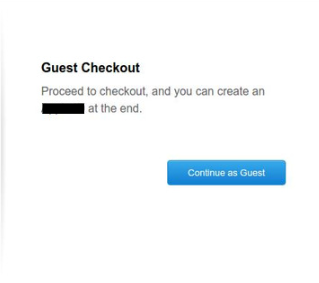
-
Assistance with respect to the check-out process
-You must provide assistance with the check-out process to ensure that it is as simple and straightforward as possible.
-You may use images, visuals, and video tutorials to guide your customers through the process.
-You must make sure that all the options, discounts, and offers are clearly displayed.
-In addition to this, you should provide a list of frequently asked questions.
.png?width=1073&height=599&name=Screenshot%20(33).png)
- Multiple Payment Options
Offering various payment options to your customers makes the process much easier. Some highly used payment options are
- Cash on Delivery
- Debit/credit cards
- Internet banking
- Digital payments optionAlternative payment options also speed up the entire process as customers can have saved details with respect to their preferred payments option.
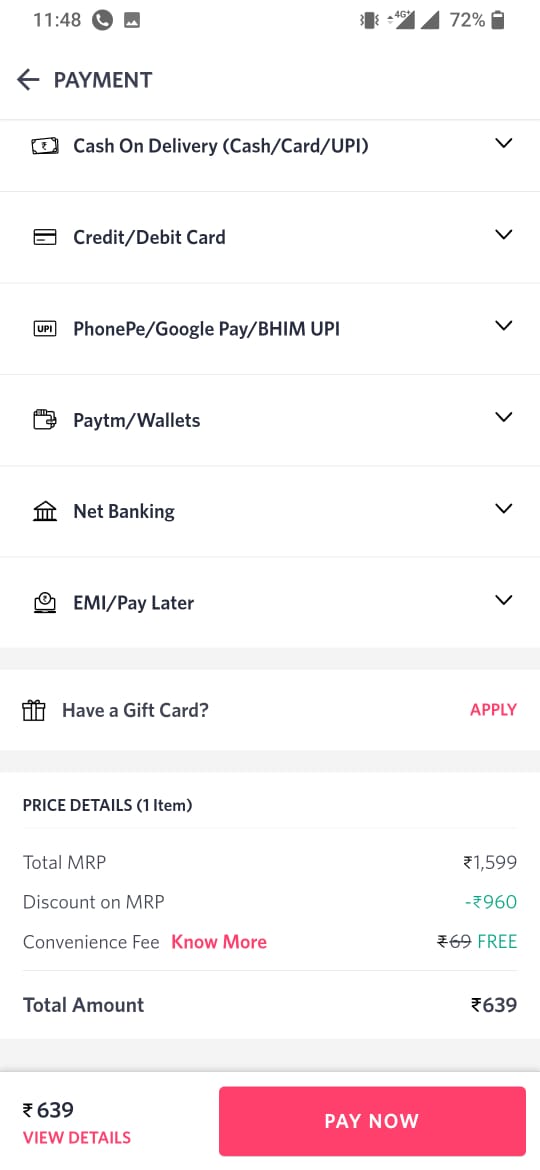
-
Provide assistance while filling out the address
Address Filling can be a tedious and monotonous process.
- Using auto-fills or drop-down lists can make the process much simpler.
- You should also provide the option for the device's current location for form filling.
-
Make your check-out process user friendly
-To keep your customers happy, you should give them indicators and progress bars to show how much work has been accomplished with regards to the process.
-They will also benefit from a check-out map beforehand.
-Mobile friendly checkout design is vital since a large portion of online shoppers use their mobile devices to make purchases.
-24/7 responsive customer care bot services are also a must.
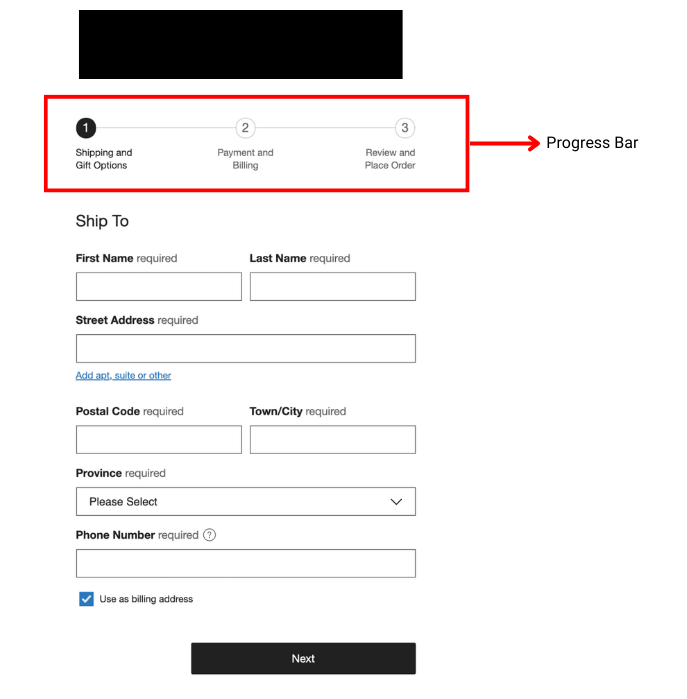
To Conclude...
To ensure customer satisfaction and reduce RTOs, checkout process optimization is critical. The steps listed above can help you reduce the number of cart abandoners and increase profits this holiday season. By employing the five steps listed above, you can reduce the number of abandoners and increase profits.
To ensure long-term success, digital marketing and automation should be invested in.
If you are looking to expand and grow your e-commerce venture, AdYogi can assist you through our top-level automation tools and services.
Get in touch today.


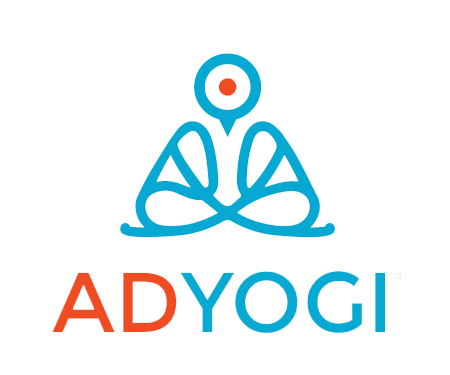


-1.png)

